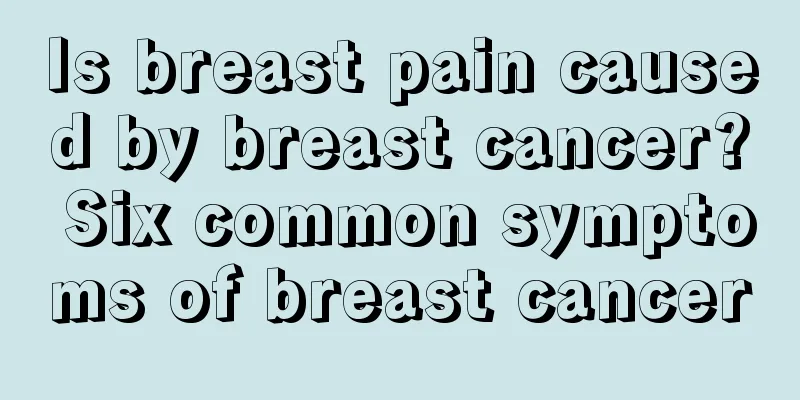Is the incidence of liver cancer high? What are the treatments for liver cancer in the late stage?

|
Liver cancer can be divided into primary liver cancer and secondary liver cancer. Primary liver cancer mainly originates from the epithelial and mesenchymal tissues of the liver and is extremely harmful to the body. Secondary liver cancer originates from multiple organs throughout the body. Regardless of whether it is primary liver cancer or secondary liver cancer, as the disease progresses to the late stage, patients will experience severe clinical symptoms such as anemia, jaundice, ascites, and hepatosplenomegaly. Although liver cancer is a common malignant tumor, the incidence of liver cancer is not high in the cognition of most patients. Next, Zhou Zhitao, deputy chief physician of Guangdong East Hospital, the Third Affiliated Hospital of Sun Yat-sen University, will give a detailed answer to whether the incidence of liver cancer is high or not? Is the incidence of liver cancer high? The incidence of liver cancer is very high, ranking fifth among malignant tumors and second in mortality. In recent years, the incidence has been increasing, especially in the southeastern coastal areas, which are high-incidence areas of hepatitis B and primary liver cancer. Patients with liver cancer are aged 40-50 years old, and the number of male patients is more than that of female patients. What are the treatments when liver cancer develops to the late stage? When liver cancer develops to the late stage, the treatment method generally emphasizes systemic treatment plus local treatment. Systemic treatment methods include targeted therapy, immunotherapy, and pD-1; local treatment methods include surgery, ablation, and interventional therapy. Combining these treatment methods can prolong the life of liver cancer patients as much as possible. For mid-to-late stage liver cancer, palliative treatment is generally adopted. Is targeted drug treatment effective for advanced liver cancer? Targeted treatment for advanced liver cancer should be combined with other treatments to significantly improve the efficacy. Targeted treatment represented by drugs such as sorafenib has gradually shown its advantages. However, if single-drug treatment can only extend the patient's life by a few months, combining interventional treatment or other treatments can significantly extend the patient's survival. Therefore, a comprehensive and integrated treatment plan can significantly improve the efficacy. In addition to conventional drug treatment, patients with advanced liver cancer can also undergo minimally invasive interventional treatment, ablation surgery, and integrated Chinese and Western medicine treatment. A combination of multiple treatment methods can achieve better treatment results and improve the patient's cure rate. In addition, the patient's mood can also affect the treatment effect. In the late stage of the disease, patients need to maintain an optimistic attitude and avoid negative emotions, which can prolong the patient's survival time to a certain extent. |
<<: What are the symptoms of early lung cancer? Several common early symptoms of lung cancer
Recommend
What are the bad habits that destroy immunity
I have been feeling weak and powerless recently, ...
I woke up with pain all over my body
Why do I feel sore all over when I wake up? The p...
What causes eye floaters?
Eye floaters can affect our vision health. In man...
Pathological staging of prostate cancer
The microscopic diagnosis of prostate adenocarcin...
What should I do if the high heels are too small and squeeze my feet?
After women enter society, they have to learn to ...
What to do if bone cancer causes pain when pressing
What should you do when bone cancer causes pain w...
What to do if you always have a dry cough
Many smokers have had this experience: their thro...
Relieve gastrointestinal dysfunction caused by radiotherapy for lymphoma
I am a non-Hodgkin's lymphoma patient. I had ...
What should I do if my hand got a blister from oil burns?
In people's daily lives, many people will get...
What would happen if you don't have kidneys
Friends, we all know that humans have two kidneys...
Experts introduce nursing methods for gallbladder cancer
How much do you know about the care of gallbladde...
What are the routine skin cancer care procedures?
Skin cancer is a malignant tumor that is extremel...
The best hospital for treating brain cancer
Which brain cancer hospital is the best? There ar...
What to do if your hands are dry and peeling
Whenever spring comes, our hands will feel very d...
How to diagnose yourself with nasopharyngeal cancer?
Nasopharyngeal carcinoma is a common malignant tu...









